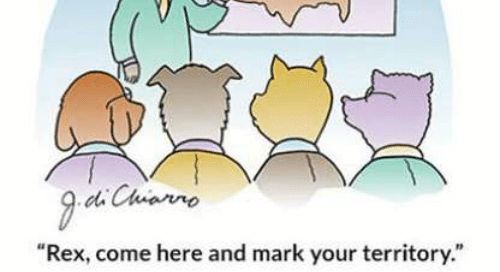Sales Operations: Designing Territories
Apologies for the delay! I’ve been very busy the last two weeks dealing with some heavy handed work. We recently went through a rightsizing and dealing with it has been physically and mentally taxing on everyone involved. I still have my job if you’re worried about me, but remaining untouched doesn’t mean that you’re not touched. You know what I mean?
Al…
Keep reading with a 7-day free trial
Subscribe to RevOps Impact Newsletter to keep reading this post and get 7 days of free access to the full post archives.



